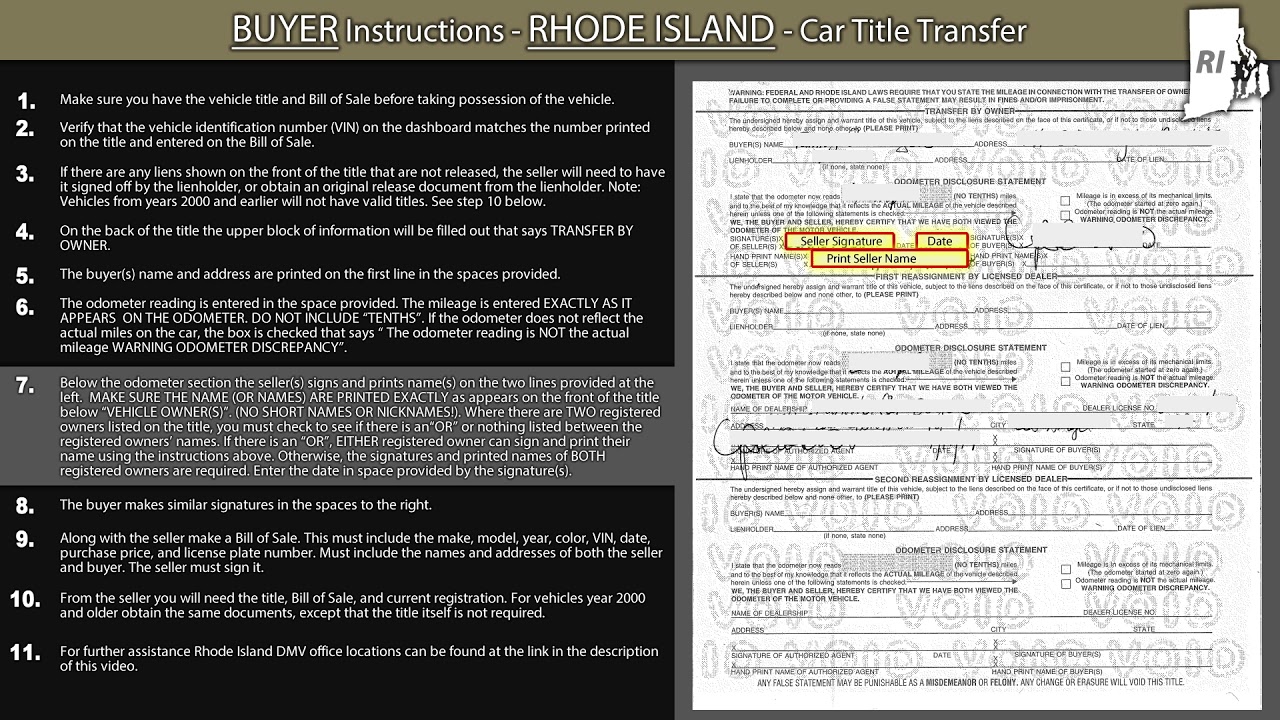Introduction: Count of hurricanes striking Rhode Island
Rhode Island, the smallest state in the United States, has not been immune to the destructive power of hurricanes. Over the years, this coastal state has experienced several hurricanes, each leaving its mark on the region. Understanding the count of hurricanes that have struck Rhode Island is crucial in appreciating the state’s vulnerability to these extreme weather events.
Understanding the significance of hurricane impact
Hurricanes are among the most powerful natural disasters, capable of causing immense devastation to the areas they strike. With their high winds, heavy rainfall, and storm surges, hurricanes pose a significant threat to Rhode Island’s coastal communities. The impact of hurricanes extends beyond physical damage, often leading to economic losses, displacement of residents, and even loss of life.
Historical data: Hurricanes in Rhode Island over time
Rhode Island’s history has witnessed numerous hurricanes, dating back to the colonial era. Although reliable records are limited to the past century, historical accounts indicate that hurricanes have long been a regular occurrence in the region. The National Oceanic and Atmospheric Administration (NOAA) provides comprehensive data on the hurricanes that have struck Rhode Island, enabling a deeper understanding of their frequency and intensity.
Analyzing the frequency of hurricanes in the region
When examining the frequency of hurricanes in Rhode Island, it becomes evident that the state is not as prone to these weather phenomena as some of its neighboring states. However, this does not imply that Rhode Island is exempt from their impact. Statistically, Rhode Island experiences a hurricane landfall roughly once every decade, on average, highlighting the state’s vulnerability despite its relatively lower frequency compared to other coastal regions.
Factors contributing to Rhode Island’s vulnerability
Several factors contribute to Rhode Island’s vulnerability to hurricanes. Firstly, its geographical location places it in close proximity to the Atlantic Ocean, making it susceptible to hurricanes forming along the eastern seaboard. Additionally, the state’s extensive coastline, including numerous islands, increases its exposure to the destructive forces of storm surges and high winds. Urban development and population density along the coast further escalate the risk and potential damage caused by hurricanes.
Notable hurricanes that hit Rhode Island
Rhode Island has experienced several notable hurricanes throughout its history. The Great New England Hurricane of 1938, also known as the Long Island Express, stands out as one of the most devastating hurricanes to strike the state. More recent hurricanes, such as Hurricane Bob in 1991 and Hurricane Sandy in 2012, also left a lasting impact on Rhode Island, causing widespread destruction and loss.
Assessing the damage caused by past hurricanes
Past hurricanes in Rhode Island have inflicted significant damage to both coastal areas and inland regions. The destruction caused by high winds, torrential rainfall, and storm surges has resulted in extensive property damage, infrastructure failure, and erosion of coastlines. Additionally, the economic toll of hurricane damage, including repair costs and lost business revenue, has been substantial for Rhode Island and its residents.
Rhode Island’s preparedness and response to hurricanes
Recognizing the persistent threat posed by hurricanes, Rhode Island has developed comprehensive emergency management plans to mitigate the impact of these disasters. The state’s emergency management agencies work in tandem with local authorities and national organizations to enhance preparedness, response, and recovery efforts. Through public awareness campaigns, evacuation plans, and the establishment of emergency shelters, Rhode Island aims to minimize the loss of life and property during hurricanes.
Climate change and its impact on hurricane frequency
The ongoing concern about climate change raises questions about the potential impact on hurricane frequency and intensity. While it is challenging to attribute individual hurricanes solely to climate change, there is evidence suggesting that rising sea temperatures and changing atmospheric conditions may influence hurricane behavior. It is crucial for Rhode Island, along with other coastal regions, to monitor these changes and adapt its strategies to address the evolving risks.
Projected future hurricane activity in Rhode Island
While accurate long-term hurricane predictions remain elusive, climate models indicate that the frequency and intensity of hurricanes may increase in the future. Warmer ocean temperatures and changing atmospheric patterns may create more favorable conditions for hurricane formation and strengthening. Rhode Island must remain vigilant and continue to invest in proactive measures to safeguard its residents and infrastructure from the potential onslaught of future hurricanes.
Mitigation strategies to minimize hurricane damage
To minimize the damage caused by hurricanes, Rhode Island has implemented various mitigation strategies. These include enforcing stringent building codes for coastal areas, promoting flood insurance, and investing in coastal restoration and protection projects. Additionally, educating the public about hurricane preparedness and the importance of evacuation plans plays a crucial role in reducing the impact of these natural disasters.
Conclusion: Rhode Island’s ongoing battle with hurricanes
Rhode Island’s geographic location, extensive coastline, and historical records indicate that hurricanes will continue to pose a threat to the state in the future. While the frequency of hurricanes may be relatively low compared to other coastal regions, their potential impact should not be underestimated. By understanding the history, assessing the risk factors, and implementing effective mitigation strategies, Rhode Island can better prepare itself for the ongoing battle with hurricanes, safeguarding its residents and ensuring resilience in the face of these powerful natural disasters.





